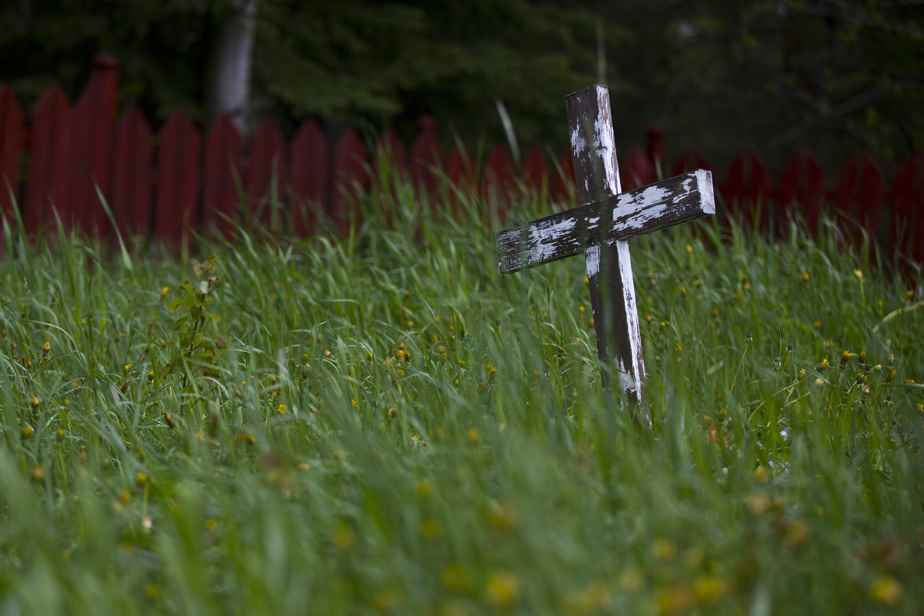(Quebec) Quebec has crossed the bar of 100 children wanted by Aboriginal families bereaved for decades, one year after the entry into force of the new law 79, which gives access to the medical archives of Quebec hospitals.
Posted at 7:30 p.m.
The First Nations and Inuit Relations Secretariat confirmed on Tuesday the opening of 100 search files involving the death or disappearance of an Indigenous child following admission to a Quebec hospital. This new report provided to The Press involves 71 indigenous families.
“Each case is a horrible case, but I am happy that the families trust us so that we can try to help them,” reacted Minister Ian Lafrenière, who has just been reappointed. “What pleasantly surprises me is precisely this bond of trust that the Family Support Department (DSF) and the Awacak group have been able to build with the families,” he added.
The Awacak group collaborates with the DSF – created with the adoption of Bill 79 – to collect testimonies from families seeking answers surrounding the disappearance and death of an Aboriginal child. The DSF conducts research and accompanies families who request it to trace medical archives, for example, to clarify the death of a baby.
“After a year of work, I myself am surprised that so many families have chosen to denounce what they have experienced,” argued the director of the Awacak group, Françoise Ruperthouse, who has just returned from a tour of the Lower North Shore. “It’s so difficult, and I know it takes time to talk about lost children,” says the one whose mother lost track of two children at the time.
For a year, families have begun to glean information on the fate of one of their children. The Press reported last spring that of the Awashish family and baby Joseph.
The progress of each of the files is unique and it is therefore difficult for the moment to draw up an assessment of the results, indicates the Minister. “In the extreme, are we currently dealing with a case where a family has found a living child who was elsewhere? No, it did not happen”, illustrates Mr. Lafrenière. “Have we helped families in their grieving process by providing answers? The answer is yes,” he said.
Quebec law also obliges religious congregations to communicate personal information likely to reveal the circumstances surrounding the disappearance or death of an Aboriginal child. Minister Lafrenière reiterated the importance of this access to the Vatican Secretary of State during Pope Francis’ visit to Quebec last summer.
On the side of Quebec institutions and religious congregations, the minister maintains that his teams have not encountered a “blocking point” in the progress of the files, but brings nuances.
I’m not saying that everyone garroche to give [des documents], there is work to be done. When we talk about data protection, there is a reason for that too.
Ian Lafrenière, Minister responsible for First Nations and Inuit Relations
The first report of the An Act to authorize the communication of personal information to the families of Aboriginal children who have disappeared or died following admission to an establishment (Bill 79), released last April, reported on research aimed at clarifying the disappearance of 55 children, the vast majority of whom are Innu and Atikamekw toddlers.
At least 200 Indigenous children are said to have disappeared or died after being admitted to health facilities in Quebec, according to the most recent estimates. Often children were taken outside of communities without their parents, who were left in complete darkness, even after a death. Cases have been reported since the 1940s and until the end of the 1970s.
According to Mme Ruperthouse, we must continue to make known the scope of the law in communities across the province. After the Holidays, the Awacak group hopes in particular to be able to visit the Anishnabe communities. The pandemic has also delayed field work as several communities have been closed to visitors for the past two years.

